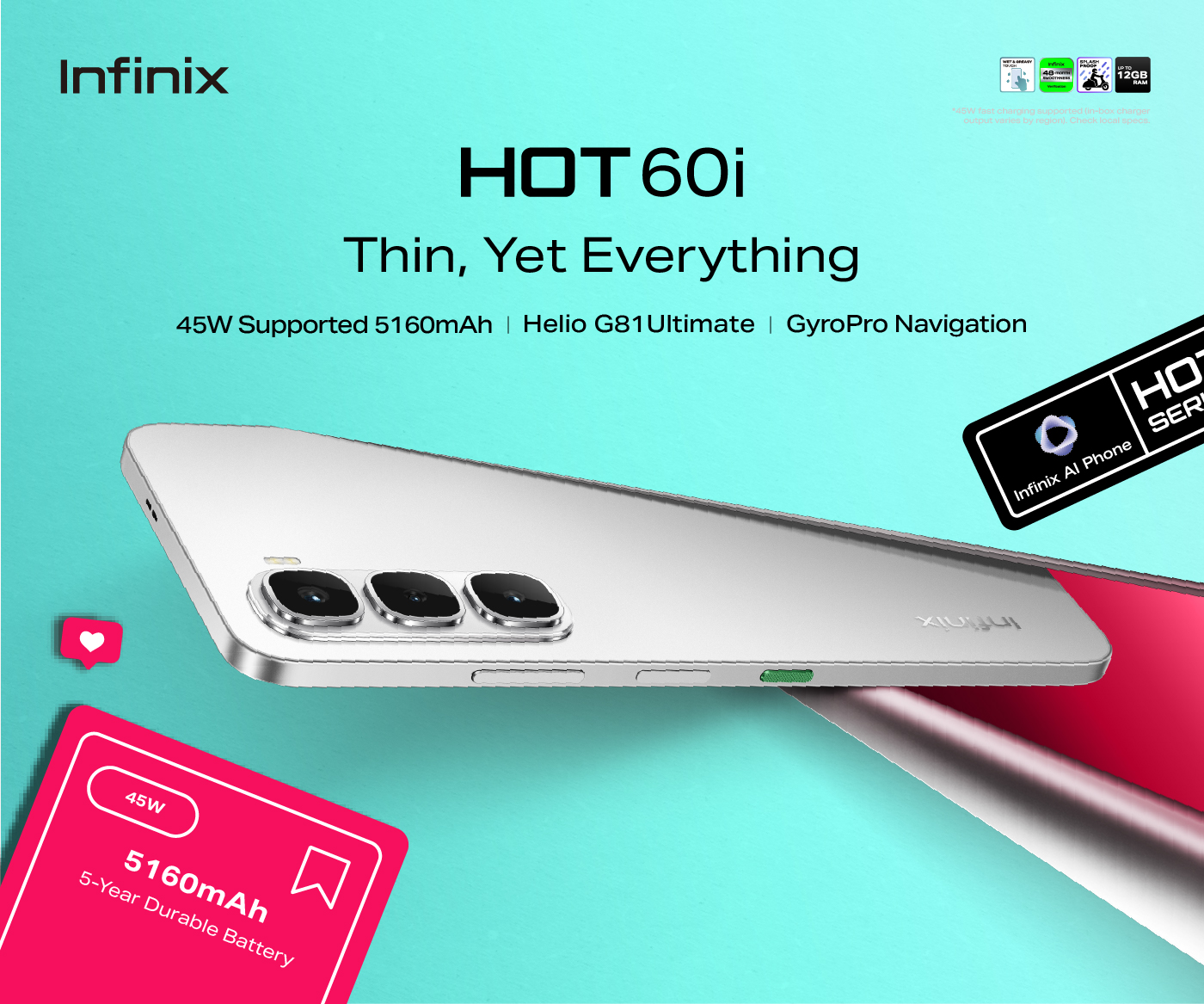
A commodity is regarded as the building block of an economy, upon which other goods are produced. Commodities such as precious metals and crude oil are some of the raw materials that power the economy. The price volatility of commodities ensures that traders can thrive in its market. With this, day traders are presented with various opportunities to make a profit over a specific period.
By knowing how to trade commodities, investors can diversify their portfolios. As a result, this article will lend you a hand by providing an insight into what commodity trade is and how it works. Let’s dive in!
What Are Commodities?
Commodities are raw materials that are used in the production of finished products, such as fossil fuels and mineral ores. While commodity trading provides several opportunities for investors to gain from, successful investment requires deep knowledge and it may come with higher levels of risks than regular stocks and bonds.
Given the importance of commodities to human life, commodity trading existed long before the evolution of modern financial markets. However, the commodities market today is more sophisticated as there is an international market with so many exchanges across the globe. It is possible to trade commodities for almost 24 hours a day during the week.
How to Trade Commodities
As technology advances, you will find various ways to trade commodities, each with its upsides and drawbacks. Even though commodities trading comes with a higher level of risks, it offers investors a chance to diversify their portfolios.
Buying or selling contracts on a futures exchange is a very common way of trading commodities. This works by entering into an agreement with another trader depending on a commodity’s future price.
Take, for instance, you agree to a commodity future contract to purchase 7,000 barrels of oil at $35 per barrel for 25 days. You don’t transfer the physical goods when the contract ends, but simply close out the contract by embracing an opposite position through spot trading. In this case, after the futures contract expires, you close out your position by agreeing to another contract to sell 7,000 barrels of oil at that present market price.
You make a profit if the price eventually is higher than the contract’s price, set at $35 per barrel. However, you lose funds if it is lower than $35. In stark contrast, if the futures contract is entered to sell oil, profits would be gained as the spot price falls but would lose funds when the spot price rises. Investing in futures trading requires a specialty brokerage account.
How Does Commodity Trading Compare With Stock Trading?
Commodities and stocks are two of the most traded financial products. They have a powerful influence on the global economy, as well as on the trading behavior of millions of investors across the globe. This section will compare both financial products.
Investing in stocks allows you to effectively take ownership of the asset and the company’s share. On the other hand, commodities futures only enable you to buy the contract that represents the commodity.
Even though it is possible to trade stocks over a shorter timeframe, you can retain the asset for a long time when you invest in stocks by adopting a buy and hold strategy. The past long-term trends shown by the global stock market have made this strategy popular. However, commodities are often characterized by day trading or swing trading.
In addition, commodities and stocks are influenced by similar fundamental drivers. For commodities, interest rates can affect the cost of holding inventory. Interest rates are also relevant for stocks owing to their impact on the borrowing costs incurred by businesses.
Nonetheless, the main driver that influences commodities is supply and demand. The dividends and earnings of the business involved are the main drivers for stocks.
Furthermore, commodities trading is more speculative than stocks and is more characterized by a higher level of risk. However, commodity trading can also result in larger, faster gains.
Conclusion
Commodity trading covers a variety of instruments such as gold, oil and gas, silver, cocoa, wheat, and more. Usually, commodities markets are driven by the basic principles of demand and supply.


